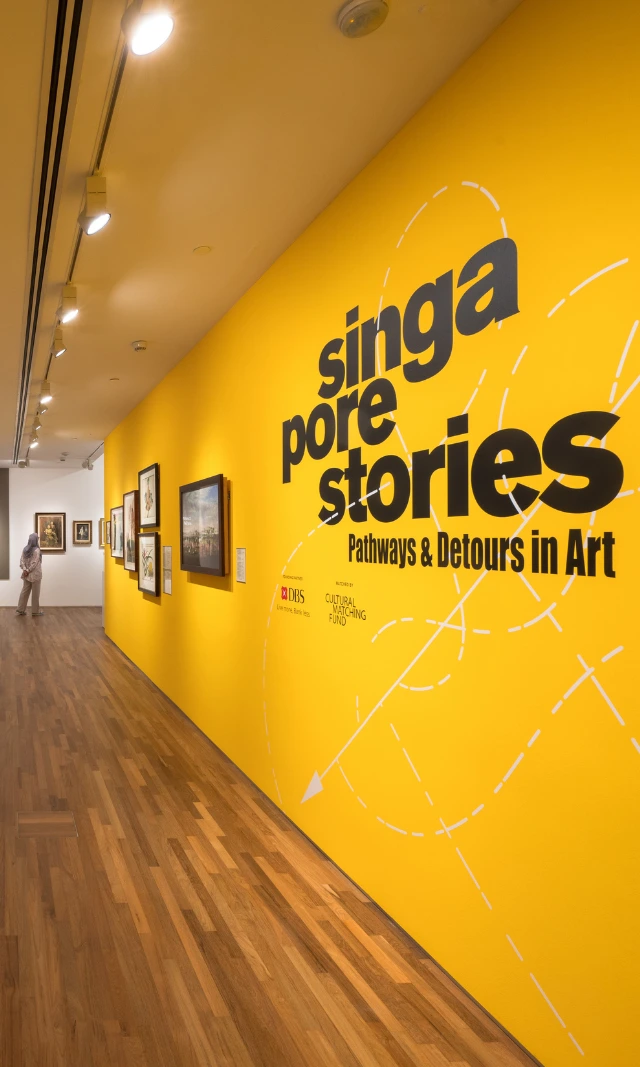City Hall: If Walls Could Talk
In the first of this commemorative series, Maria Khoo Joseph (Manager, Programmes) walks us through City Hall: If Walls Could Talk, a two-year exhibition held within the historic City Hall Chamber, part of the Singapore Bicentennial Commemoration.
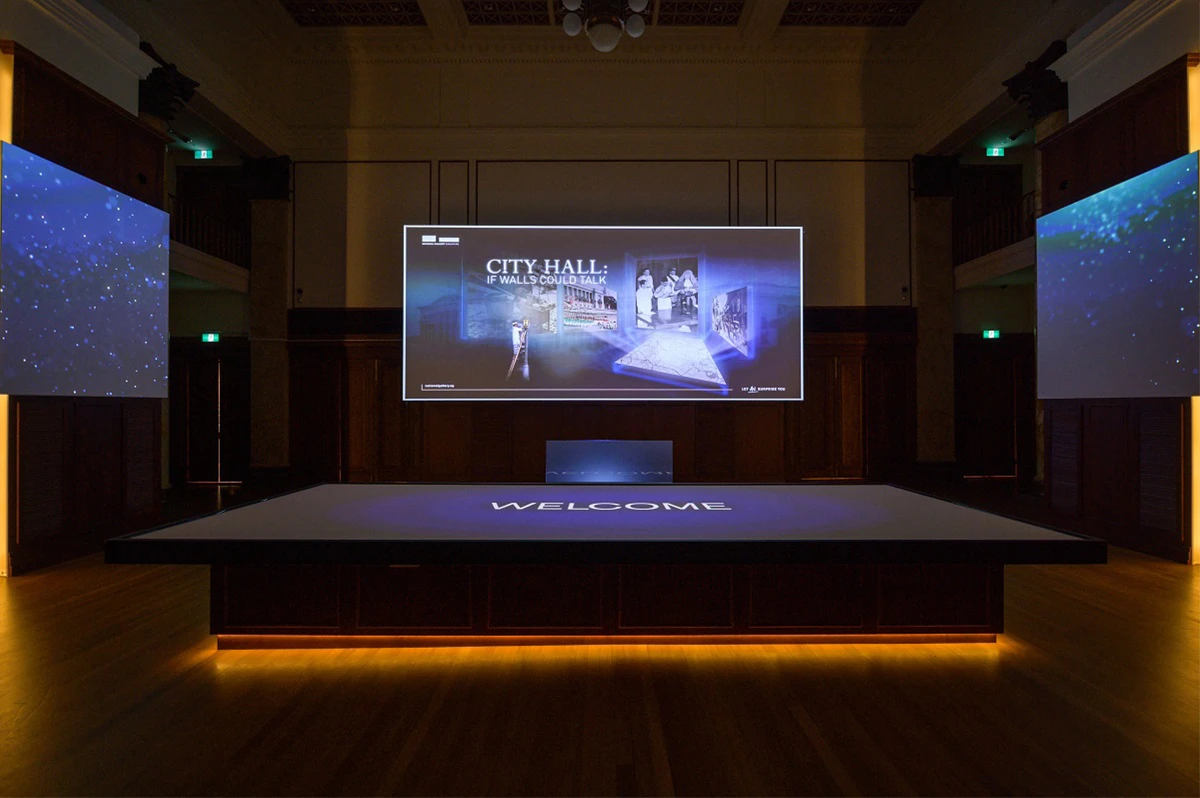
All images courtesy of National Gallery Singapore ©
In the first of this commemorative series, Maria Khoo Joseph (Manager, Programmes) walks us through City Hall: If Walls Could Talk, a two-year exhibition held within the historic City Hall Chamber, part of the Singapore Bicentennial Commemoration.
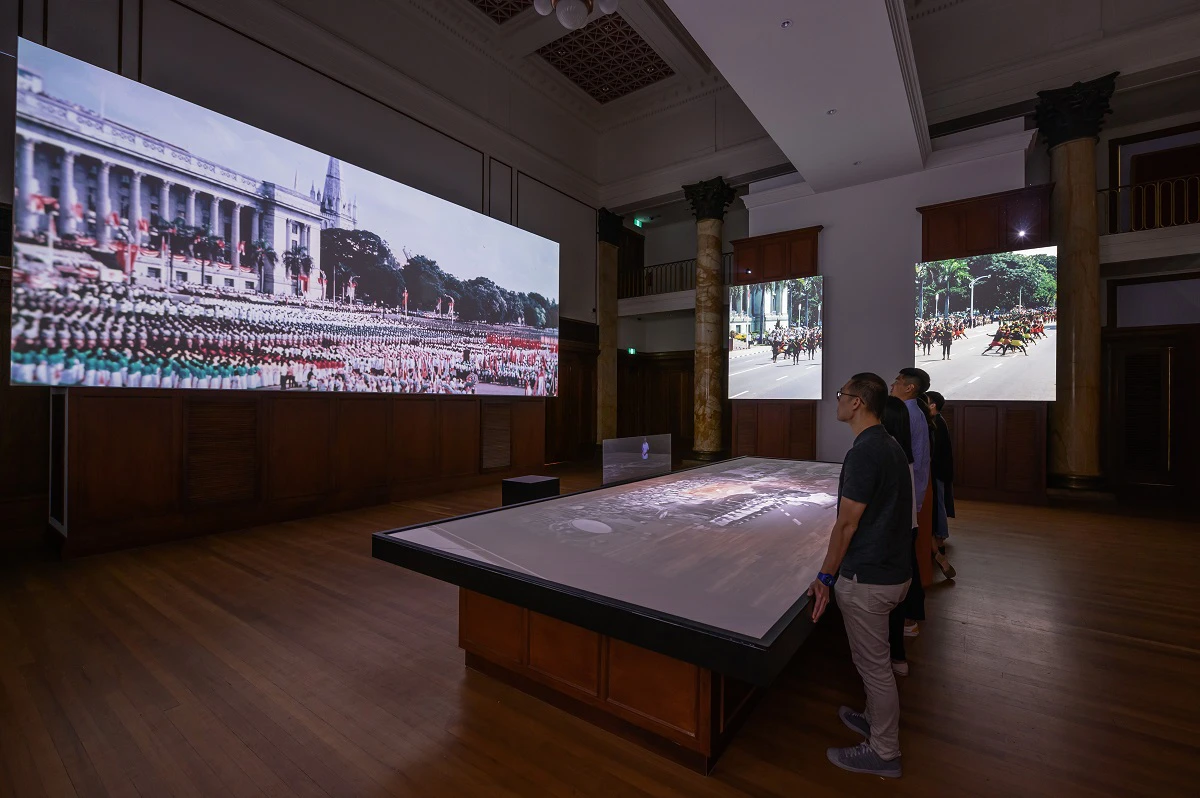
Entering the chamber immediately immerses you in a different time: photo kiosks embed your image in one of the many historical views that reflect the unique architecture of the City Hall building. To me, being able to save this photograph on your mobile device via QR code allows past and present to collide in a single, digital photograph. With this image later incorporated into the exhibition, you become a part of history too.
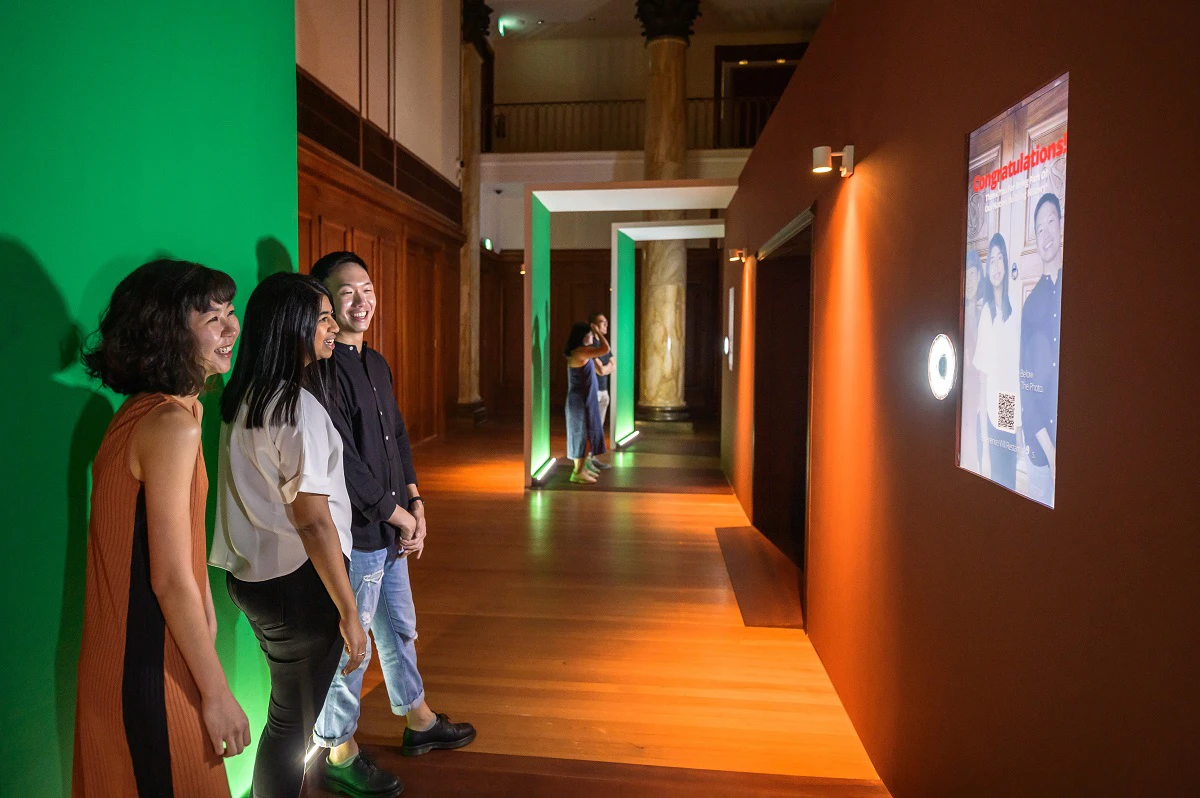
The main hall of the chamber invites the viewer back in time with Encik Awang, a fictional character inspired by the account of a City Hall caretaker who worked in the building for seventeen years and witnessed events that shaped the nation. Although the building has stood through moments great and small, Encik Awang takes us through eight of key historical significance. In its early days, the Municipal building served the administration of necessities for the Municipality of Singapore. During the Japanese Occupation of World War II, the Municipal building was converted into the Tokubetsu Shi, the Municipal Administration of the Japanese Occupation. After the war, the building became a site of recognition and remembrance for those who fought bravely during the war. It was later converted into City Hall upon conference of Singapore’s status as a “city” in 1951. Encik Awang further illuminates Singapore’s journey to independence with City Hall at the literal and figurative heart, underscoring how the building was not just important to those who occupied it, but central to Singapore’s story.
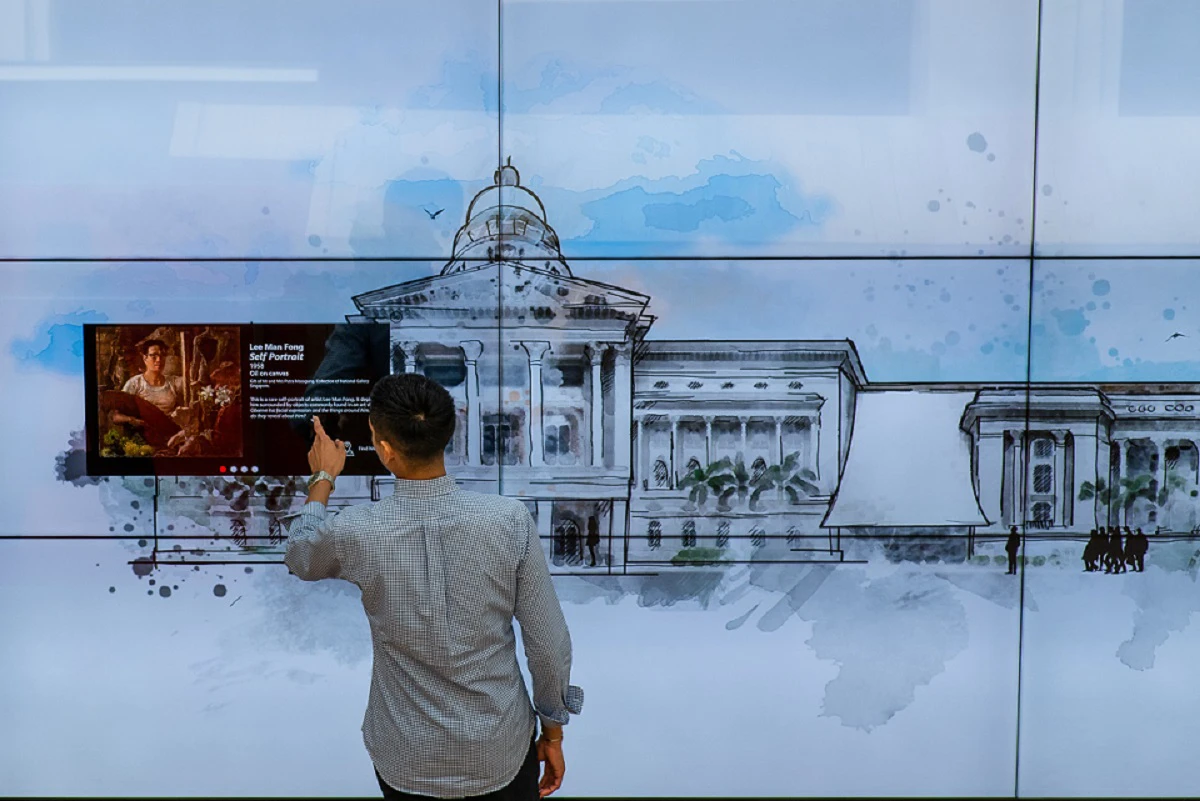
The experience comes to a close with a video outlining the transformation of this monumental site into present-day National Gallery Singapore. But you can continue this journey beyond the chamber – the Social Wall outside highlights artworks that currently occupy the DBS Singapore Gallery and its permanent exhibition, Siapa Nama Kamu? Art in Singapore since the 19th century. In the same wing, you can also view Memories of City Hall, a visual display that details the memories and personal histories of government staffers who worked in the building from the 1960s–1980s. It is their account of life within City Hall that provides a bridge between the building’s past and its present artistic re-invention.
Editor’s Note
Memories of City Hall will be on display until 29 December 2019.








